Pneumatics
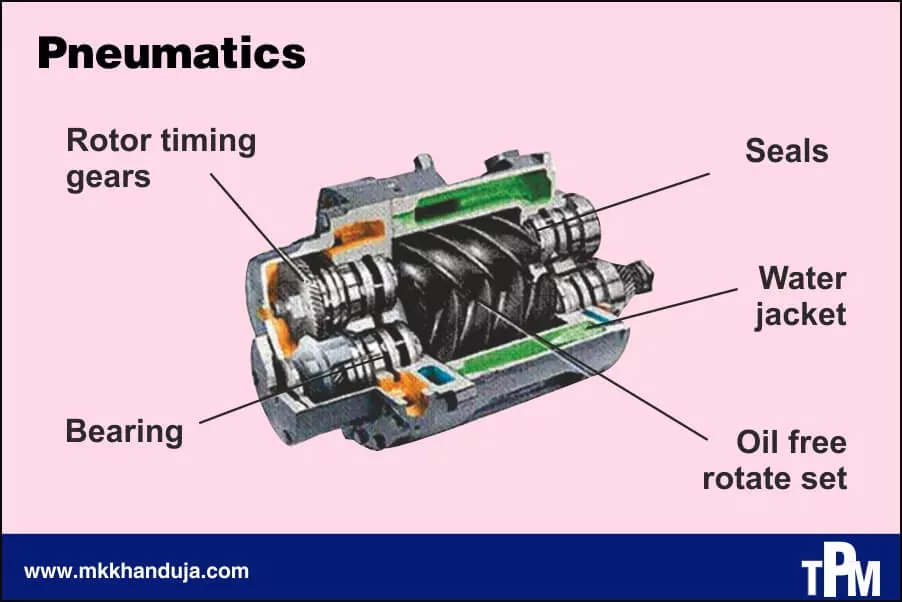
Pneumatics system is a system that uses compressed air to transmit force using pressure energy of air.
Components to produce and to supply compressed air
1. Compressor: A compressor basically converts mechanical energy from motors and engines into potential energy of compressed air. There are 3 types of compressor as follows:
a. Reciprocating air compressors are considered positive displacement machines, which means they increase the pressure of the air by reducing its volume. A piston within the cylinder helps accomplishes this feat. These types of air compressors are available as air-cooled or water-cooled in lubricated or non-lubricated configurations and are also provided in a number of different pressures and capacities.
b. Rotary screw compressor are positive displacement compressors. The most common rotary air compressor is the single stage helical or spiral lobe oil flooded screw air compressor. This type of air compressor consists of two rotors that are in a casing, and the rotors compress the air internally. These units are oil cooled, where the oil seals the internal clearances and have no valves.
c. Centrifugal air compressor is a dynamic compressor which is based on a transfer of energy from a rotating impeller to the air. This compressor is designed for higher capacity because flow through the compressor is continuous. Centrifugal air compressors are oil free and the oil lubricated running gear is separated from the air by shaft seals and atmospheric vents.
2. Pressure regulating components: This consists of following
components as follows
a. Filter: Remove impurities from compressed air before entering into pneumatic
components.
b. Pressure regulator: To set or stabilize the pressure.
c. Lubricator: to lubricate pneumatic components.
Components consuming compressed air
1. Pneumatic cylinders: Single acting cylinder (Produces thrust in one direction by compressed air and retraction is done either by internal spring or by the weight of load) and Double acting cylinder ( Both propelling and retracting forces are generated by using compressed air).
2. Directional valves: 2/2 directional control valve, 3/2 directional control valve, 5/2 directional control valve are used as per the applications.
3. Control Valves: Non-return valves, Flow control valves, and shuttle valves are used as per the applications.
Advantages of Pneumatics
1. No processing needed after use.
2. No shortage of raw material i.e. AIR as unlimited amount of air is present in atmosphere.
3. Compressors are movable, hence pneumatic system is not fixed.
4. Pneumatics are extremely durable and reliable as compared to electromotive components.
5. Designs of pneumatic sub-systems are relatively simple are suitable in simple automatic control systems and in production lines.
6. Compressed air is less affected by following parameters: High temperature, dust, corrosion, etc.
7. During overloading Pneumatic systems do not burn or get overheated as compared to electromotive systems.
8. Parameters like pressure and volume can easily be adjusted in case of pneumatic systems.
9. Pneumatic systems can be used where a high level of cleanliness is required as it does not produce pollutants.
10. Low cost, Durable and less maintenance cost as compared with other systems.
Limitations of pneumatics
1. Low accuracy as volume of air is not fixed and may change during compression or due to heating.
2. As pneumatic cylinders does not acquire great size, hence its loading conditions are limited to an extent.
3. Compressed air is processed before use to ensure absence of moisture or dust to prevent wear and tear in moving part due to friction.
4. Moving speeds of the piston are uneven as air can easily be compressed.
5. While compressed air is released noise will be produced.
Applications
1. Compressed air can harm the human body if it enters the body.
2. Vehicle door operating systems.
Things to be taken care off while using pneumatic systems
1. Compressed air can harm human body if they enters body.
2. Do not spray compressed air onto anyone.
3. Before using pneumatic systems, verify that all connections are tightened properly.
4. Be alert while using pneumatic systems as force exerted by pneumatic system is very large and process is performed in seconds.
5. In case of leakage, Turn off the compressed air unit immediately.
6. While changing circuits of pneumatics, make sure the compressed air supply unit is off.
Parameters to be tested in pneumatic systems??
1. Specify purity of compressed air
2. Performance of compressed air purification equipment
3. Amount of contamination allowable in each Cubic metre of compressed air.
4. Oil aerosol content.
5. Measurement of humidity.
6. Solid particle content.
7. Oil vapour and organic solvent content.
8. Gaseous contaminant content.
9. Microbiological contaminant content.
10. Solid particle by mass concentration.
11. Liquid water content.
Compressed air parameters
• In industries Pneumatic pressure used is generally between 550 to 690 kPa per square inch.
• In each cubic metre of compressed air, the particulate count should not exceed 20,000 particles in the 0.1 – 0.5 micron size range, 400 particles in the 0.5 – 1 micron size range and 10 particles in the 1 – 5 micron size range.

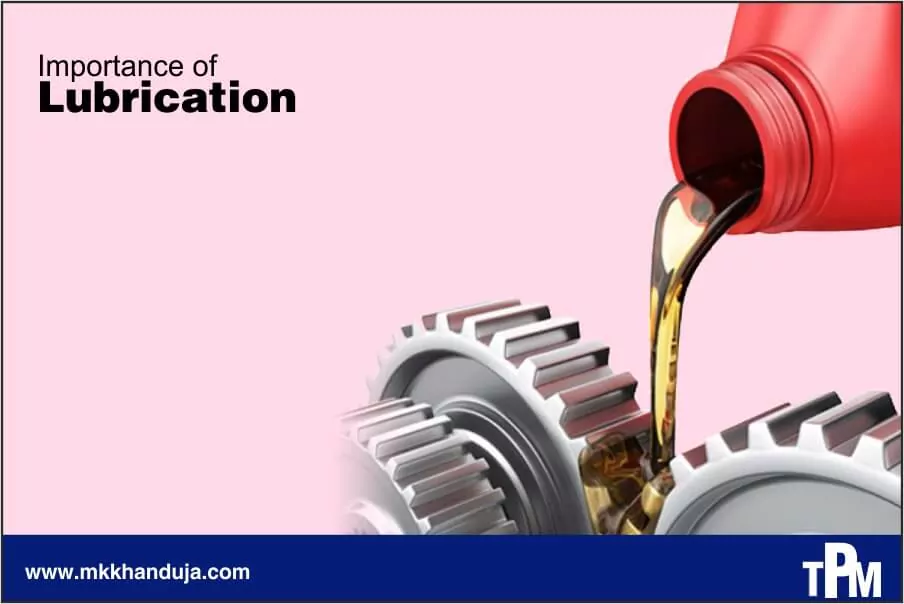
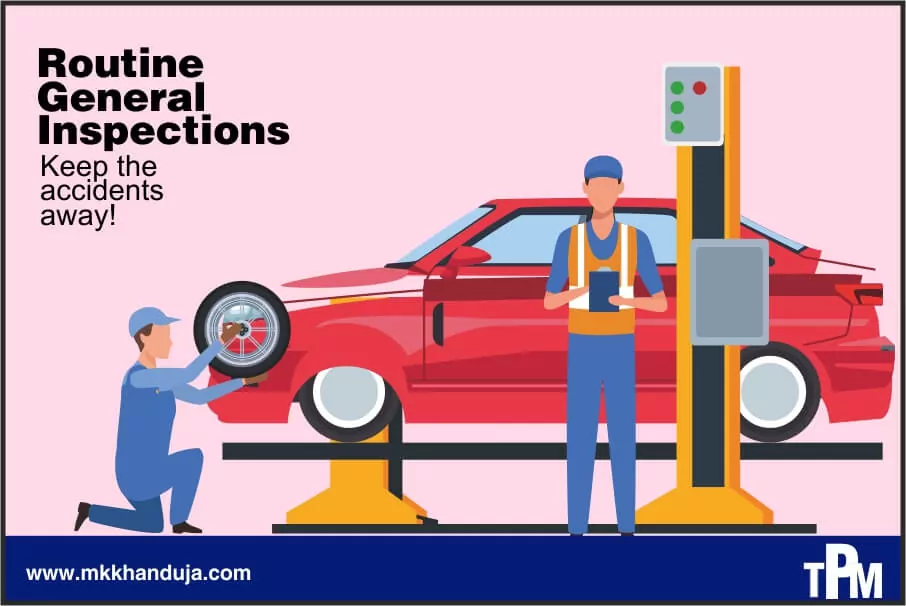
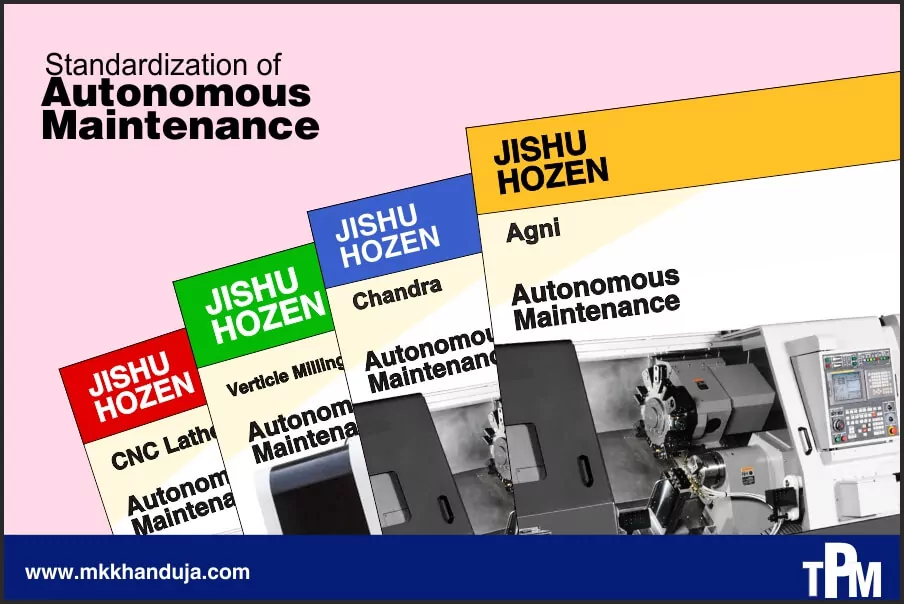
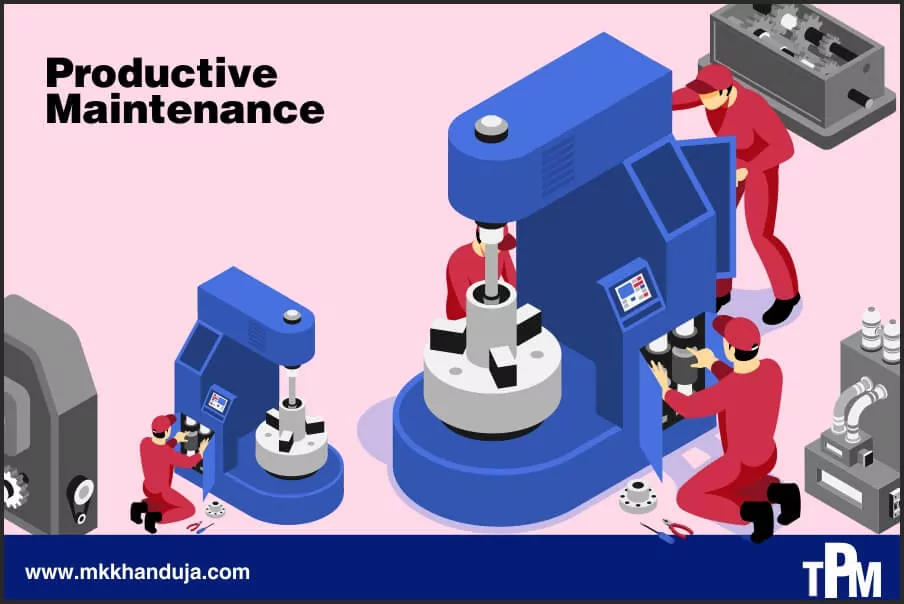
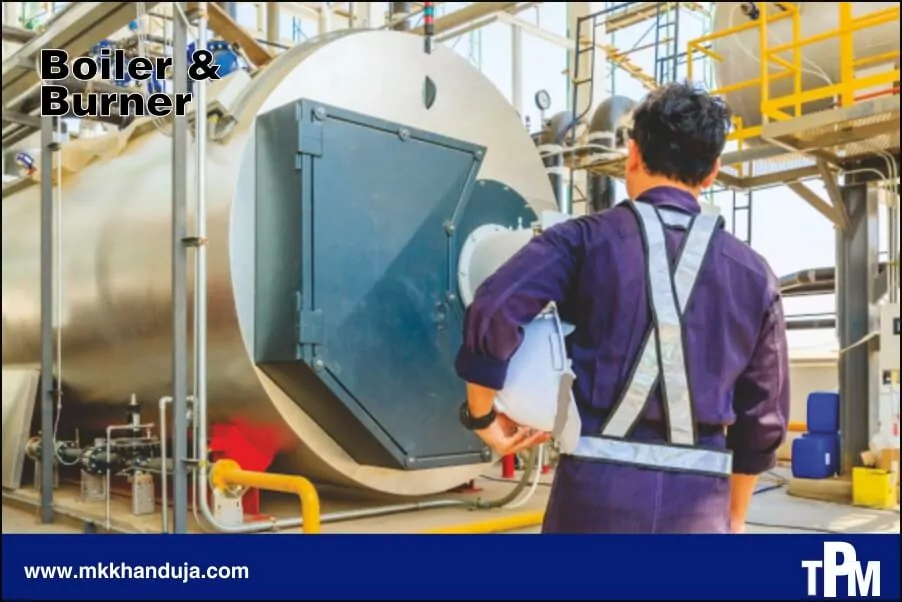
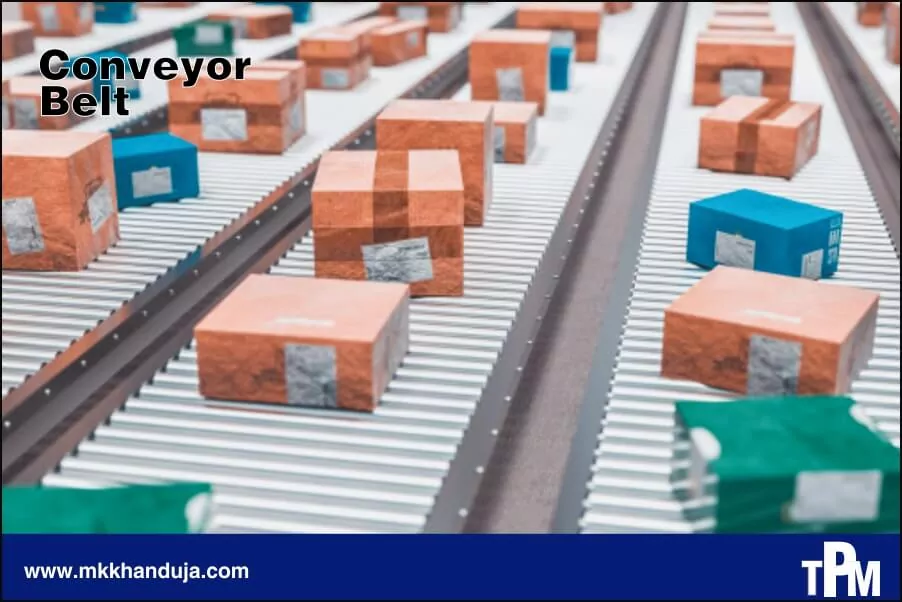
Comments